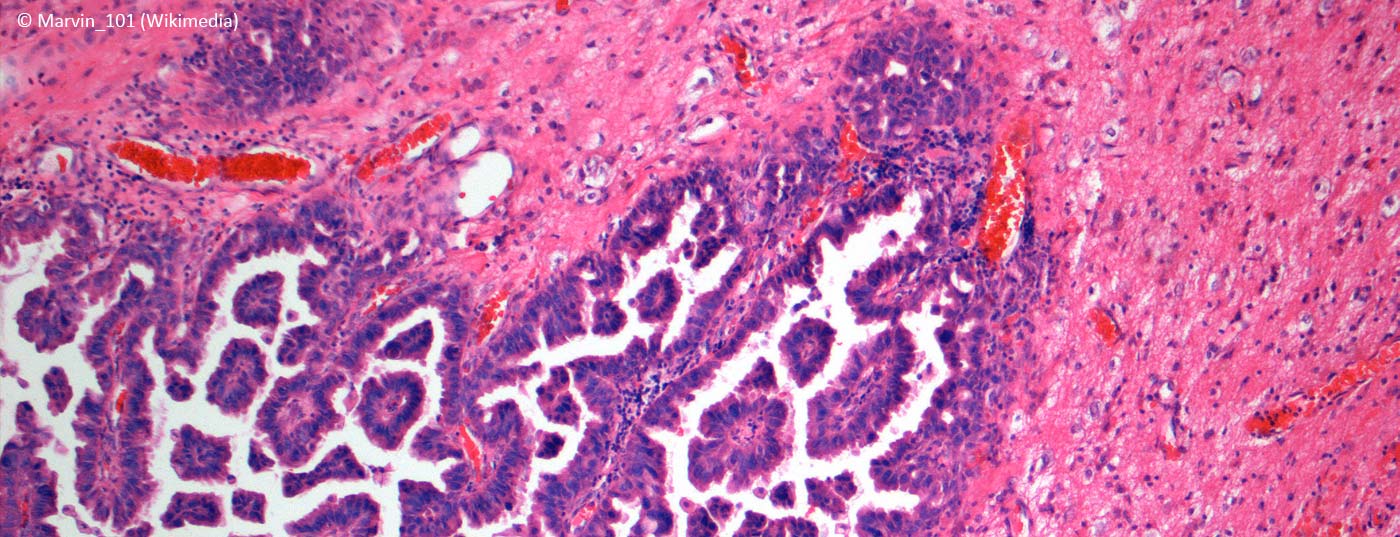A study at the ESMO Symposium in Geneva shows: Brain metastases have dense concentrations of tumor-infiltrating lymphocytes, i.e., an immune-active environment. Second, both primary and secondary brain carcinomas cause high expression of the immunosuppressive factor PDL1, which in turn can be inhibited by new therapies. So-called. Immune checkpoint inhibitors could consequently be effective in patients with glioblastoma or brain metastases.
(ag) Patients with glioblastoma or brain metastases currently have few treatment options. They usually die in a short time. Based on the findings of the presented study – namely that the immune system is activated and works in brain tumors – it can be assumed that so-called immune checkpoint inhibitors also work. These inhibitors promote T cells, which in turn are the main cells of the immune response against the tumor.
Study proves relevance
The presented study recruited 117 patients with glioblastoma and 116 with brain metastases. They were tested to see if tumor-infiltrating T cells could be found. In addition, research was conducted on the immunosuppressive protein PDL1.
Result: It was found that patients with glioblastoma had fewer T cells and thus less activation of the immune system than those with brain metastases (where high concentrations of T cells were seen). PDL1 was common in both groups – but especially in glioblastoma.
Explore checkpoint inhibitors
Thus, although the immune system deals with the two tumor types slightly differently, it is activated in each case and can be used for therapy with immune checkpoint inhibitors, according to the basic message of the study. Checkpoint inhibitors are known to be more effective when used in an immune-active microenvironment. For example, via inhibition of PDL1, the already activated immune system can be driven and an immune response against glioblastoma and brain metastases can be generated. Thus, clinical research in this area (especially with PD1/PDL1 inhibitors) is warranted and reasonable. Not only brain metastases in melanoma should be investigated, but also, for example, those in non-small cell lung cancer, as these represent the most common forms of brain metastases.
Source: “Role of PDL1 expression and tumor infiltrating lymphocytes (TILs) in glioblastoma (GBM) and brain metastases (BM),” presentation at ESMO Symposium, November 21, 2014, Geneva.
InFo ONCOLOGY & HEMATOLOGY 2014; 2(10): 3.











